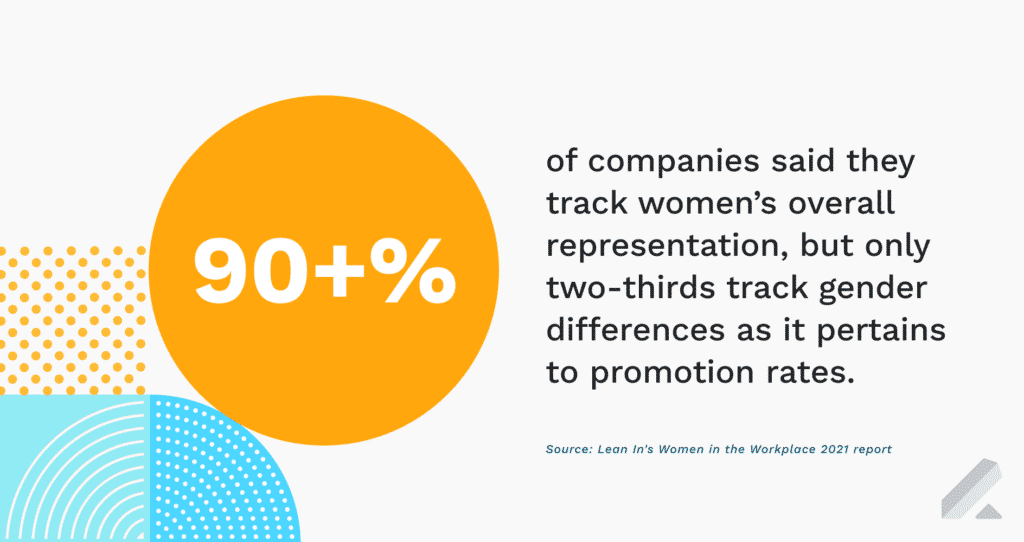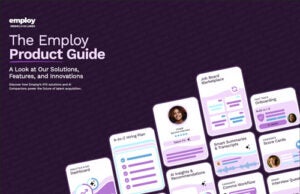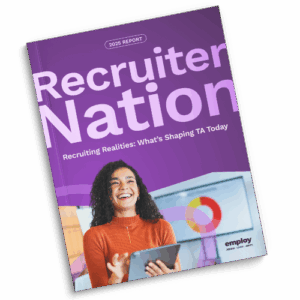In celebration of International Women’s Day, we compiled nine statistics that might surprise you about the current state of and sentiment of women in the workforce today.
We hope these encourage you to address any bias that might exist in your hiring process to ensure your org is inclusive of women and members of other underrepresented groups.
9 Stats in Honor of International Women’s Day
1) The World Economic Forum has projected that correcting gender segregation in employment and in entrepreneurship could increase aggregate productivity globally by as much as 16%. (World Economic Forum, STEM fields still have a gender imbalance. Here’s what we can do about it, March 16, 2017)
2) Women only hold about 10% of the top executive positions at U.S. companies, with women making up just 5% of chief executives of S&P 1500 companies. (Silicon Valley Bank, Women in Technology Leadership 2019)
3) Just 56% of startups have at least one woman in an executive position, and only 40 % have at least one woman on the board of directors. (Kapor Center, What’s it like to be a female tech entrepreneur?, September 2018)

4) Nearly 60% of women — women from all racial backgrounds — experienced unwanted comments or jokes about their gender. (EY November 2018, EY explores belonging in the workplace, with new Belonging Barometer study)
5) The majority of women (61%) believe that exclusion is a form of bullying in the workplace, the majority of men (53%) believe it is not. (LinkedIn, Gender Insights Report, March 2019)
6) Recruiters are 13% less likely to click on a woman’s profile than a man’s when she shows up a in a search. (Glassdoor, 50 HR and Recruiting Stats for 2019)
7) Female job seekers/workers are 50% more likely than male job seekers/workers to cite CEO misbehavior as a reason to drop from the recruitment process (42% vs. 21%), and 41% more likely to rate poor customer service levels as a detracting factor (39% vs. 23%). (Glassdoor, 50 HR and Recruiting Stats for 2019)
8) Women constitute slightly more than half of the college-educated workers but makeup only 25% of college-educated STEM workers. (U.S. Department of Commerce Economics and Statistics Administration, Women in STEM: 2017 Update)
9) Women receive 50% of all Science and Engineering bachelor’s degrees. Of the STEM fields, women received 18% of computer science degrees, 20% of engineering degrees, 43% of mathematics and statistics degrees, and 39% of physical sciences degrees, and 59% of biological science degrees. (National Science Board, Science and Engineering Indicators 2018)
Watch our webinar to learn how your company can implement a more inclusive hiring approach that helps you ensure a more equitable workforce comprised of diverse talent.
















